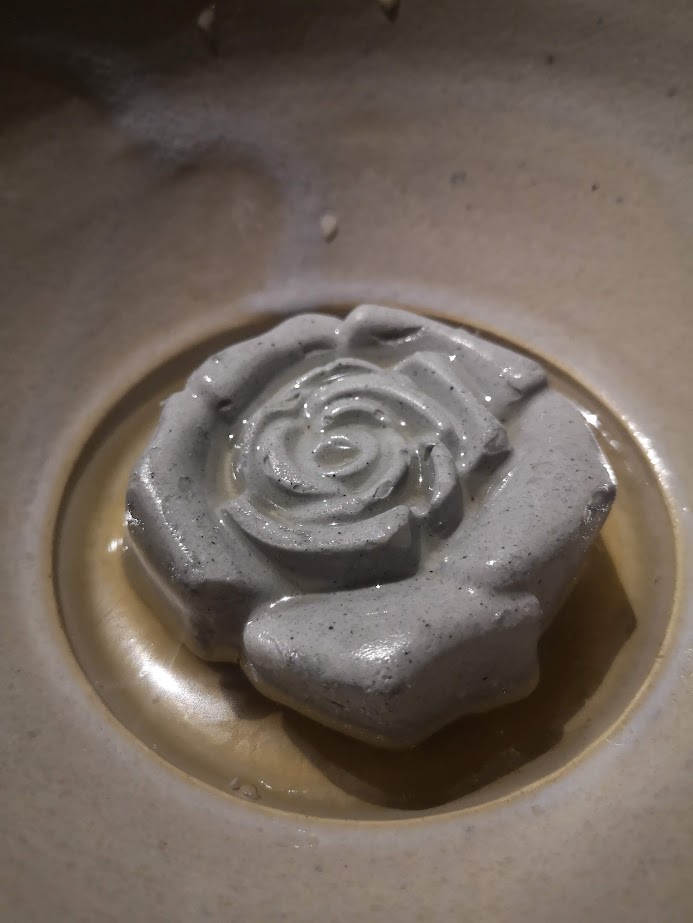
In the world of haute cuisine, few names shine as brightly as Massimo Bottura’s, an avant-garde chef who redefines the boundaries of traditional Italian cooking. Known for his three-Michelin-starred Osteria Francescana, Bottura has ventured into a new culinary playground with Gatto Verde, a place that merges artful surroundings with experimental flavors. Here is an immersive recount of my visit to Gatto Verde, a place that serves as both a gallery and a dining room, but one that may not cater to all palates.
An Artistic Haven
Gatto Verde greets you not just as a restaurant but as an art installation, a statement in itself. The ambiance is a sophisticated canvas that Bottura has meticulously crafted, with sculptures and artworks that reflect his passion for contemporary art. The space is dramatic yet intimate, a place where the artistic community could dine amongst Bottura’s creative expressions. In this respect, Gatto Verde stands as a testament to the chef’s belief that food and art are interwoven disciplines.
Culinary Ambition or Overindulgence?

Bottura’s culinary creations have always walked a tightrope between genius and folly. Gatto Verde’s menu is a bold testament to this, where innovation meets a complexity of flavors. However, sometimes, the ambition on the plate transcends the threshold of what the palate can appreciate. For instance, the dessert featuring caviar and marine water is a bold pairing that may leave the diner more puzzled than pleased. It’s a signature Bottura move to challenge the diner, but this time, it might not land as intended.
Flavor Dissonance

The pasta arsa, pasta cooked in orange juice, exemplifies Bottura’s relentless pursuit of the novel. It is an intellectual idea, yes, but one whose execution on the palate veers towards the bizarre rather than the brilliant. The result is not the delightful surprise one might expect but an odd, jarring note that disrupts the meal’s harmony.
A Bite of the Forest Floor

The Borlengo, a traditional thin Italian pancake, is presented with truffle and porcini mushrooms in a way that is meant to evoke the earthiness of the woods. While the intent is clear, the execution is heavy-handed. The flavors are so potent that they overpower rather than complement, akin to taking a bite directly from the forest soil. It’s an example of where less could have been more, allowing the subtleties of the ingredients to shine through.
A Symphony of Creativity or Chaos?
Bottura is a maestro who composes with ingredients, but at Gatto Verde, the symphony sometimes turns into a cacophony. The dishes are thought-provoking, conversation starters that are sure to linger in memory, but not always for the right reasons. It’s food that you contemplate, but contemplation doesn’t always translate to enjoyment.
A Respite in Ambiance

Despite the culinary turbulence, the restaurant’s atmosphere provides a soothing counterbalance. The service is impeccable, with a staff that navigates Bottura’s complex creations with insight and grace. The interior’s mood is a refuge, inviting diners to relax and absorb the surroundings, offering a respite from the challenging menu.
Final Thoughts

Gatto Verde is undoubtedly a place of beauty, a testament to Massimo Bottura’s unending quest to push boundaries. However, it’s a reminder that artistry in cuisine is a delicate balance, and what is intellectually stimulating may not always be palatably pleasing. Gatto Verde is Bottura’s canvas, but whether the painting is a masterpiece or a muddled composition is in the eye—or rather, the palate—of the beholder. For those willing to explore the edges of culinary art, Gatto Verde is a must-visit. But for those seeking comfort in the familiar, this may not be your sanctuary.
In the end, Gatto Verde is a dining experience that reflects Bottura’s philosophy: food as a form of art, challenging, evocative, and unapologetically bold. It’s not a place for everyone, but it is a place that everyone will have an opinion about—a striking endeavor by a chef who never ceases to surprise.
